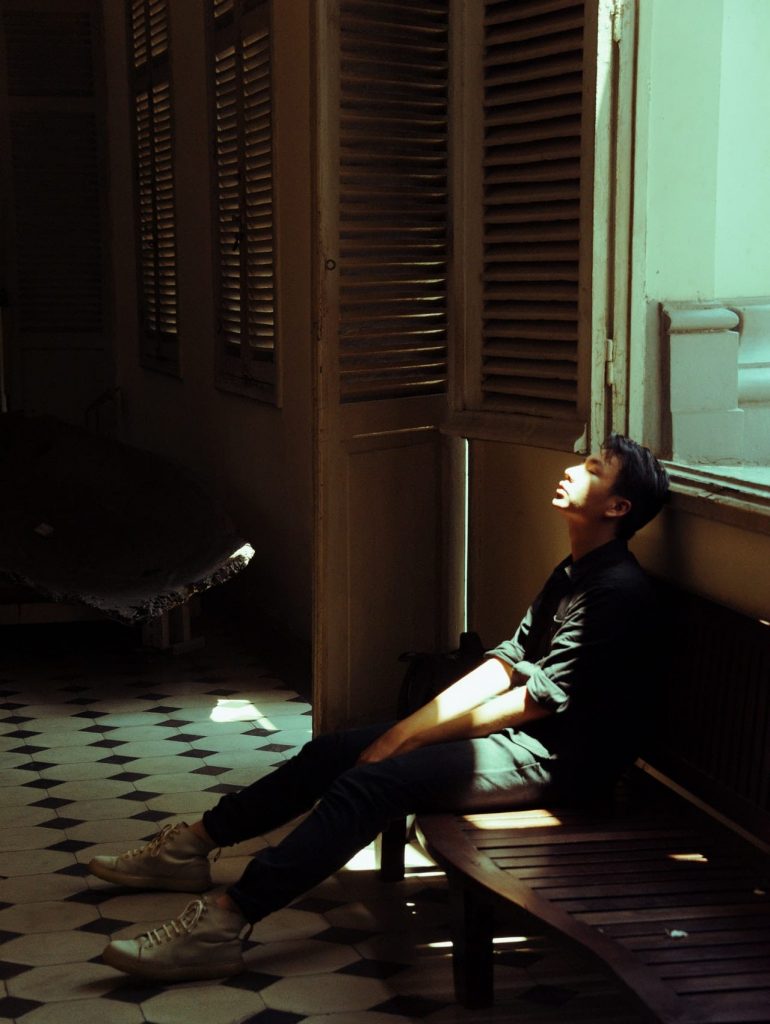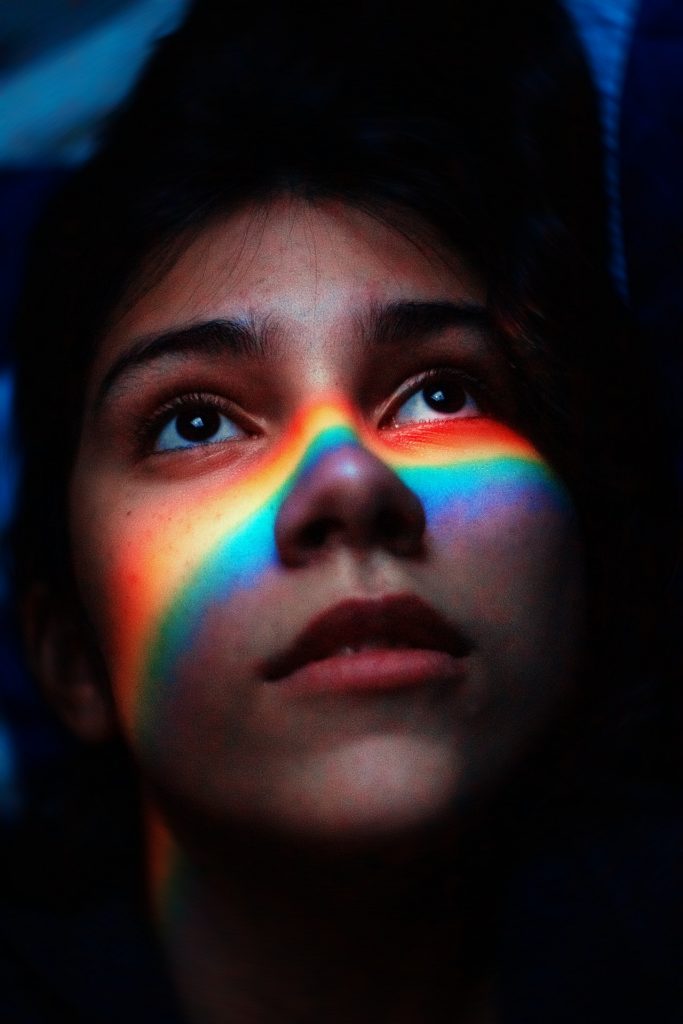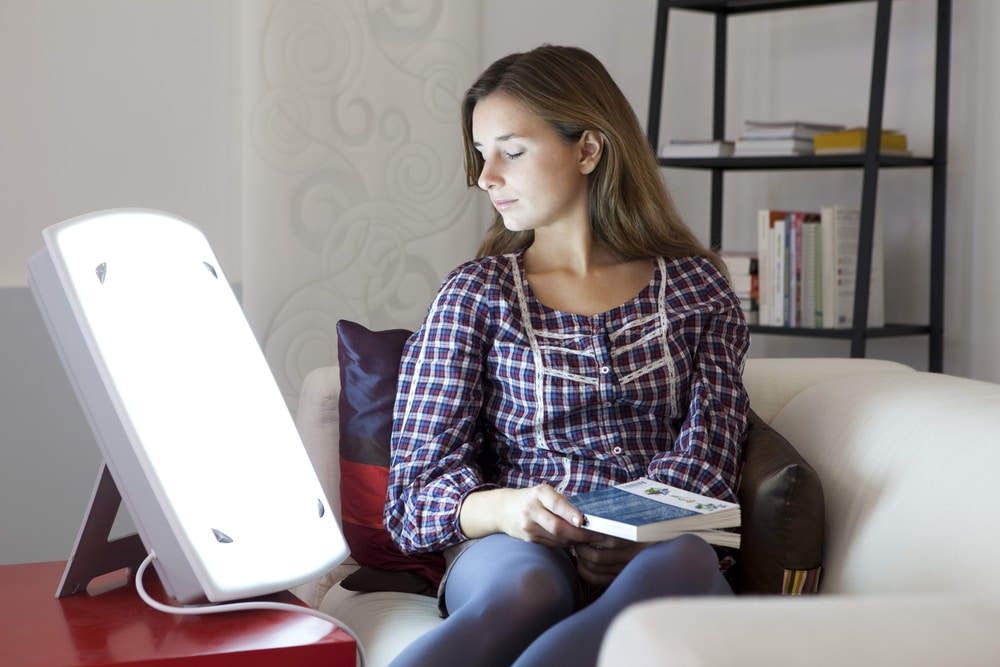Why High Lumen Lights Help Fight Relapse During Winter
Being in recovery from a substance abuse disorder can often be hard enough, especially in the first year of sobriety. Unfortunately, relapse rates for those who are new to recovery can sometimes be as high as 85%. Recent statistics taken from the National Survey on Drug Use and Health (NSDUH) indicate 19.7 million people suffered from a substance abuse disorder of some kind in our country. Further research shows that just in 2019, 9.2 million people aged 18-25 were diagnosed with at least one other co-occurring mental health disorder alongside having a substance abuse disorder. Additionally, at least 50 percent of people with mental health disorders will also suffer from an addiction as well. With the winter season in full swing, we thought we would talk about the use of high lumen lights during the winter to help reduce the likelihood of a relapse.
Co-occurring mental health disorders and dual diagnosis
There has long been a strong link between mental health and rates of addiction. Suffering from a co-occurring mental health disorder or dual diagnosis, while also trying to lead a new, healthy life of sobriety can sometimes present its own set of challenges. With each seasonal change, different weather patterns affect our bodies and mind. The most difficult seasonal change seems to occur during the winter months where long, cold days affect over half of America. The colder temperatures and less exposure to sunlight have a massive, direct impact on the serotonin and melatonin production in our brains and our bodies.

Melatonin and Serotonin are both neurotransmitters that play a role in many aspects of our lives. For example, melatonin helps you get to sleep while serotonin helps you get up and feel awake the next day. Sometimes referred to as the “winter blues”, some common symptoms people may experience during cold, winter days are:
- Lethargy
- Difficulty concentrating
- Oversleeping
- Not getting enough sleep
- Depression
- Anxiety
While many people will experience some symptoms during cold weather, for others, the seasonal changes affect them more dramatically.
Seasonal Affective Disorder (SAD) and addiction
It is estimated that roughly 10% of the population in our country will suffer from Seasonal Affective Disorder, also known as SAD, while at least 20% of people who suffer from SAD also have a substance abuse disorder. SAD is a form of major depression that affects people during seasonal changes, affecting some people nearly half the year, but most commonly it occurs during the winter months. Many people who struggle with this often do not seek treatment, attempting to self-medicate instead. Some common signs that someone may be struggling with SAD, or major depression with seasonal pattern, include:
- Feeling hopeless or worthless
- Lack of interest in previously enjoyed activities
- Lethargy and increased fatigue
- Agitation
- Sluggishness
- Problems concentrating
- Problems sleeping, getting too much or too little sleep
- Changes in appetite, or significant changes in weight
- Suicidal thoughts, tendencies, or actions
These are just a few of the symptoms someone may experience with major depression or SAD. Oftentimes, the symptoms associated with the winter blues or SAD are overlooked because people do not understand what the person is going through. Seasonal depression and other mental health issues need to be taken seriously as they can severely impact the state of someone's sobriety and recovery from an addiction.

As you can see, there are many reasons why someone may relapse during the winter months. Fortunately, there are many ways to relieve the symptoms associated with the biochemical changes that occur to our brains and bodies during the changing of seasons. Even with the joys of the holiday season, this most commonly occurs due to less sunlight, colder temperatures, and shorter days.
Therapeutic benefits of high lumen lights
One of the best ways to help combat these symptoms is by using high lumen light therapy, and seeking treatment from a medical health professional if needed of course!
Lumens are a measure of how bright a light is, so it would make sense that lamps with high lumen are some of the best for light therapy for treating symptoms associated with the winter blues or SAD, helping to fight relapse among those in recovery. High lumen lights used for the treatment of SAD are specialized lights that are very bright and they essentially mimic the effects of the sun. This makes high lumen light therapy a great natural option that helps restore the biochemical balance of our brain and bodies which in turn helps to alleviate the symptoms associated with not getting enough sunlight. In a way, it helps to trick our bodies into thinking the days are longer again.
Before trying high lumen lights as a form of therapy, patients are recommended to get a checkup from your eye doctor before trying treatment. One of the best things about light therapy is that it can practically be done from anywhere, as long as you have enough time set aside to reap the full benefits. Here are some tips to get the most out of light therapy:
- Make sure the lightbox has enough lumens and lux, anything above 10,000 should be enough. If you can't find one with enough lumens or lux, then you may have to use the lamp for longer periods of time to get the full effect.
- The lightbox should give the full spectrum of bright white light but cancel out any UV rays as they are damaging to the body
- Try to position the lightbox at or above eye level as this should mimic the effects of the sun more accurately
- Make sure the box is at least two feet away from your eyes, if you have a weaker box you may need to sit closer to it
- Avoid letting the light hit directly in your eyes, instead position the box at a 45 degree angle on either side
- It is best to use the box in the morning for 20-60 minutes depending on your individual need. Start with 20-30 minutes every morning to see if you feel a difference, then increasingly add time until you feel the effects. Remember, you can always multitask while using your lightbox, you can drink your coffee, read the news, check your email, or hang out with family.
- Consistency is important, so use the box daily

These are just a few tips that can help increase the impact of light therapy. Keep in mind it may take around 30 days to notice any effects from using the lightbox. If you are experiencing severe symptoms of SAD then please reach out to a medical health professional right away. The staff and family at More Than Rehab are more than happy to help those who are struggling with a co-occurring disorder and feel as though they are at risk of relapse because of the symptoms of SAD or the winter time blues. Please give us a call today.